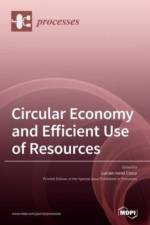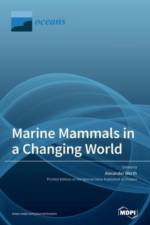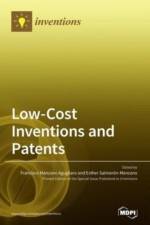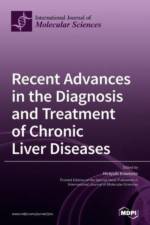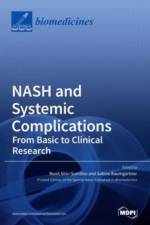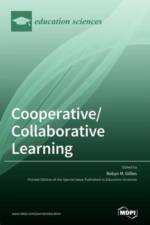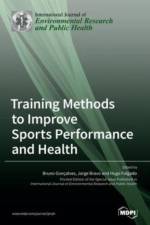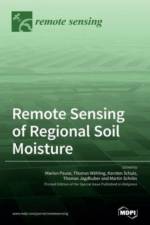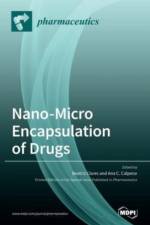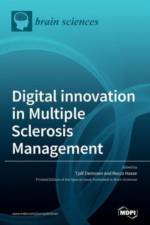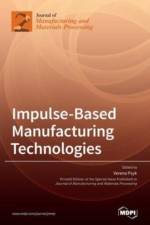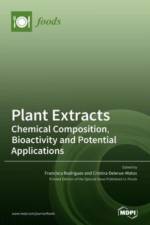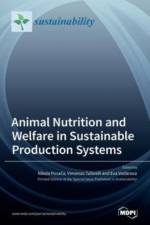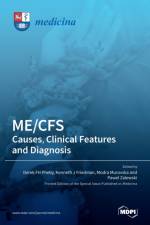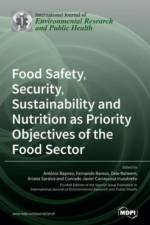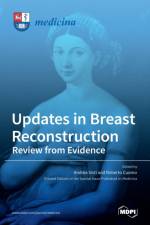685
Society has recently demonstrated a high level of awareness and responsibility concerning environmental issues. The interest in bioactive compounds extracted from natural sources has increased due to their potential application as active ingredients in several industries, particularly the cosmetic, food, and pharmaceutical industries. Plants are rich sources of phenolic compounds that have been widely studied due to their health-promoting properties, namely antioxidant, anti-carcinogenic, and anti-inflammatory activities, among others. Extraction is usually the limiting analytical step in the yield of bioactive compounds. From a green point of view, many extraction techniques have been employed as potential candidates to replace conventional methods, such as ultrasound-assisted extraction (UAE), pressurized liquid extraction (PLE), microwave-assisted extraction (MAE), supercritical fluid extraction (SFE), pulsed electric field extraction, and enzyme-assisted extraction. In this Special Issue, we focus our attention on the chemical characterization of plant extracts and their bioactive composition, focusing also on in-vitro cell assays and molecular tools. The issue comprises original research articles, as well as a review, on topics such as phenolic profile, radical scavenging capacity, in vitro cell assays, comet assay, and antimicrobial capacity. We close this Special Issue with a review paper that focuses on the pharmacological activities of quercetin, one of the principal polyphenols. With this, we aim to provide a contemporary overview of the advantages of bioactive compounds extracted from plants.


